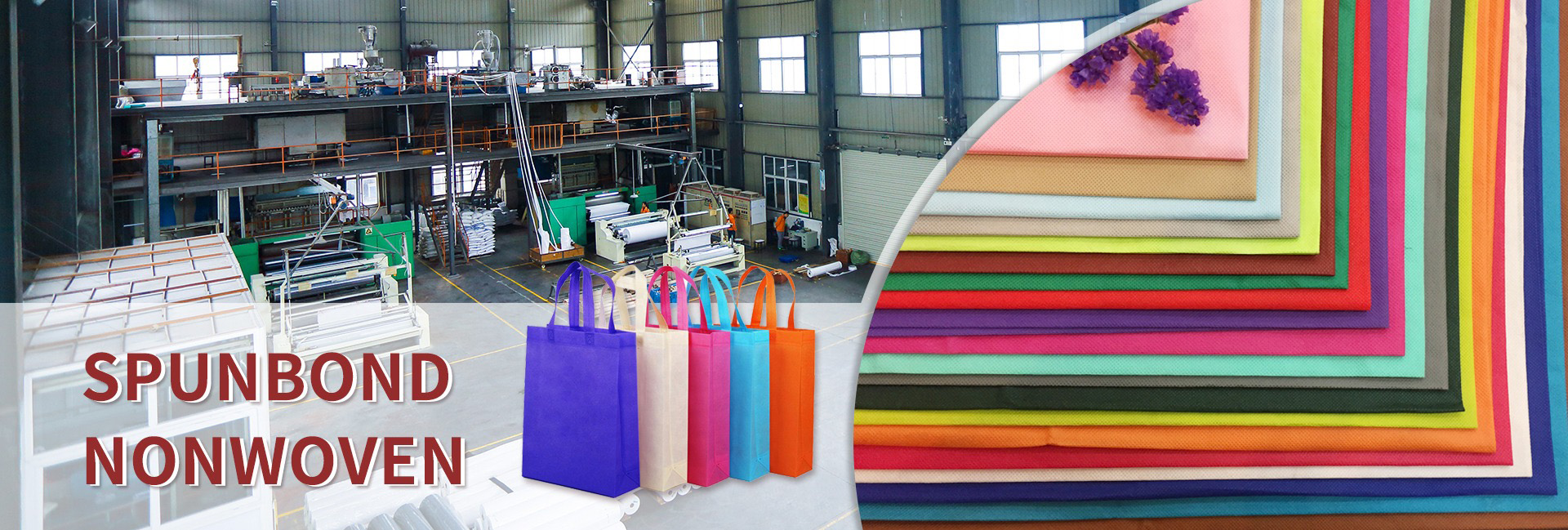Using pure cotton spunlace nonwoven fabric as substrate, acetic acid as solvent and citric acid as cross-linking agent, chitosan was grafted onto the cotton nonwoven fabric, and then chitosan was used as a carrier to fix protoporphyrin to prepare a photosensitive antibacterial material.
Pathogenic bacterial contamination is the root cause of many persistent and chronic bacterial infections. Especially in the context of the global epidemic of COVID-19, antibacterial materials are particularly important in the medical textile industry. The selection of high-performance antibacterial materials can effectively reduce the risk of bacterial transmission between medical staff, patients and hospital environments.
Among them, photodynamic antibacterial has received more and more attention in recent years due to its advantages such as universality and low resistance to drug resistance. The photosensitizer reacts with oxygen and substrates under sufficient visible light to produce strong oxidizing substances to kill microorganisms, making photodynamic antibacterial show a wide range of application prospects.
Protoporphyrin (Pp IX)
Protoporphyrin (Pp IX) is a type of porphyrin photosensitizer. Free Pp IX has strong photosensitization ability. Its mechanism is to quickly kill bacteria by generating a large amount of reactive oxygen after absorbing laser energy to achieve good antibacterial effect.
Porous Pp IX-embedded cellulose diacetate microfibers were prepared by electrospinning. Its shape and specific surface area help capture and adsorb pathogens, allowing reactive oxygen species to better contact and kill bacteria, thereby improving photodynamic inactivation. This porous membrane has an inactivation rate of 99.999% for Staphylococcus aureus, but only 86.6% for Escherichia coli. Moreover, it must be photoexcited to produce antibacterial effects, which seriously limits its application range.
Chitosan(CH)
Chitosan (CH) is a commonly used broad-spectrum antibacterial substance that can effectively inhibit the growth of a variety of bacteria, fungi and other microorganisms.
Silver-loaded chitosan nanoparticles were synthesized on cotton fabrics by electrostatic self-assembly method and coated layer by layer. The coated fabrics have 100% antibacterial activity against both Gram-positive and Gram-negative bacteria.
However, the air permeability of the fabrics will be significantly reduced after coating, and nanosilver antibacterial has potential harm to the human body.
More and more countries restrict its application in textiles.
To this end, this experiment envisions loading Pp IX and CH on the same substrate, taking advantage of their respective antibacterial advantages,
to prepare a new antibacterial material with universal applicability and high antibacterial properties.
Cotton nonwoven fabrics
Cotton nonwoven fabrics (CNF) have become a common medical material due to their good air permeability, softness, degradability and other advantages, and their surface has rich functional groups, making them ideal immobilization carriers.
Conclusion
(1) Using CNF as the substrate, different mass fractions of CH and a certain amount of Pp IX were grafted and fixed on cotton fibers. The surface of the grafted cotton fibers became rough, and its breaking strength and air permeability decreased slightly.
(2) Under dark room conditions, CNF-CH-Pp IX can achieve basic antibacterial effects with the help of CH, and the inhibition rates against Staphylococcus aureus and Escherichia coli can reach 95.62% and 99.36% respectively; under light conditions, the dual antibacterial effect of Pp IX and CH can reach nearly 100%, showing excellent antibacterial ability against both Staphylococcus aureus and Escherichia coli.
Dongguan Liansheng Non woven Technology Co., Ltd. was established in May 2020. It is a large-scale non-woven fabric production enterprise integrating research and development, production, and sales. It can produce various colors of PP spunbond non-woven fabrics with a width of less than 3.2 meters from 9 grams to 300 grams.
Post time: Jun-19-2025

